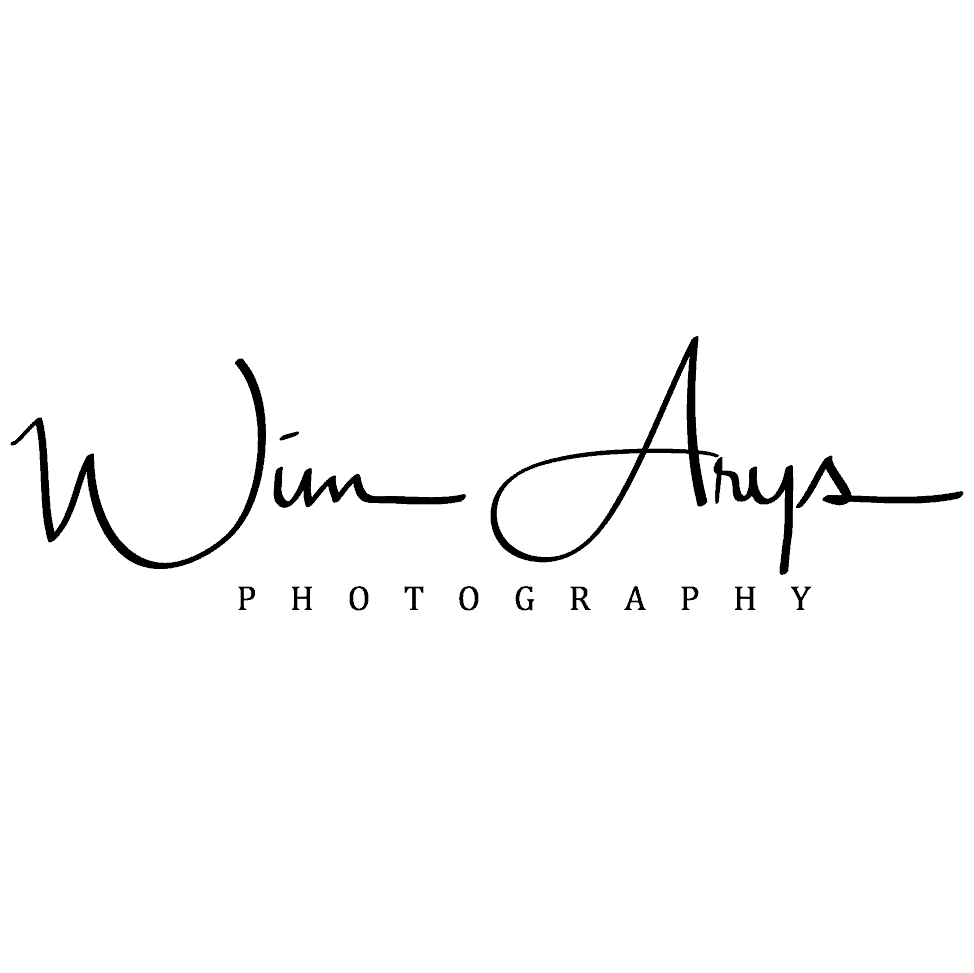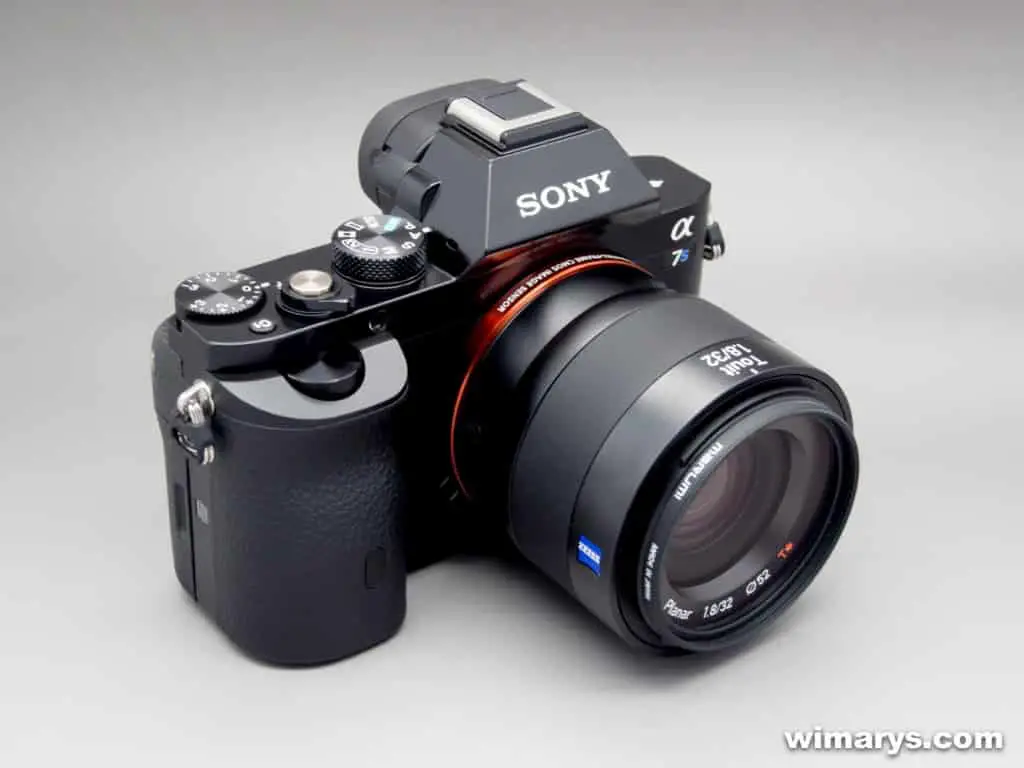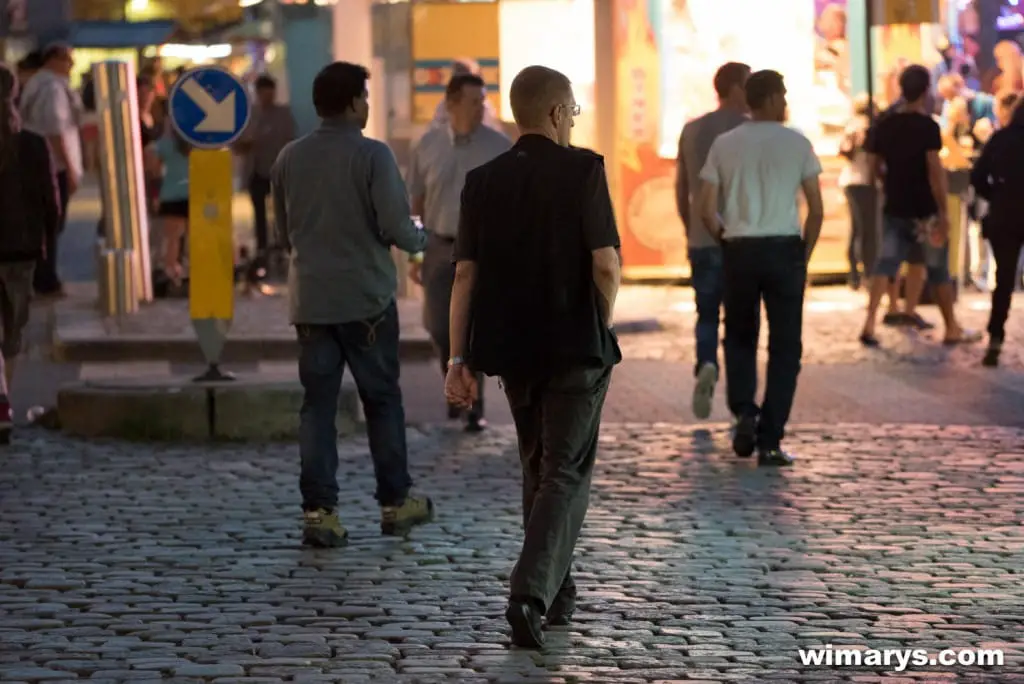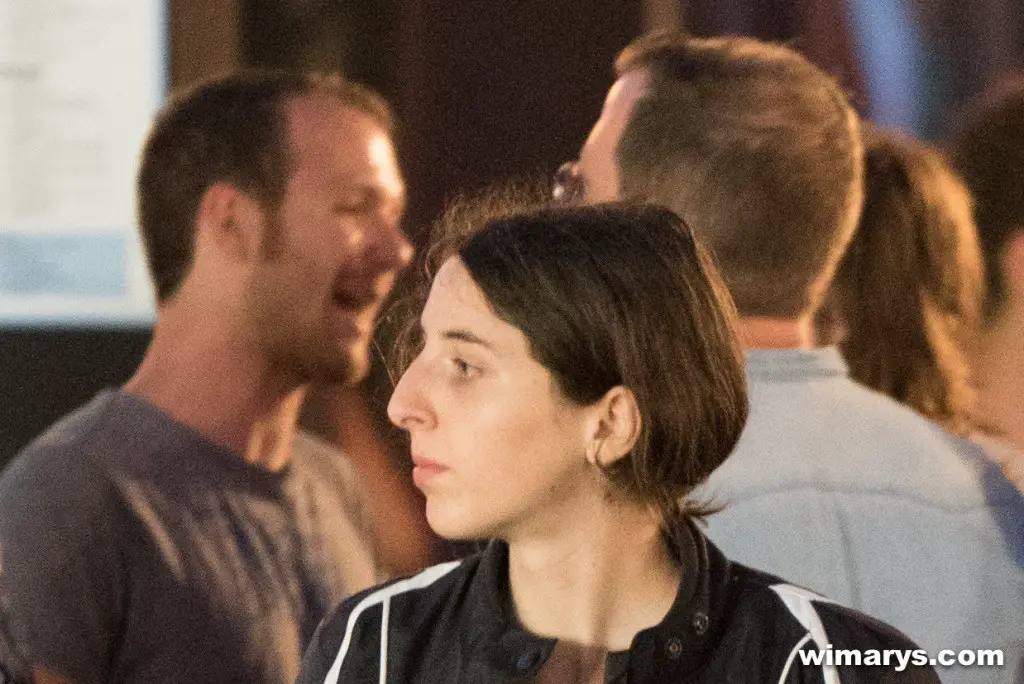Sony A7s with DXO Optics Pro
The Sony A7s has been supported by DXO Optics Pro since last week, so I thought it was time to see how it performs with DXO’s PRIME noise reduction at high ISO.
First some general thoughts on this new camera after a few weeks of usage:
- As we all know by now, the Sony A7s native ISO performance is about 4 stops better than the A7r
- Although ISO can go up to 5 stops higher than the sensible max ISO Auto of 12800, in real life you’ll rarely step up above that number
- AF does feel faster in general, and now performs as well in low light as the A7r did in daylight
Two types of photographers I would recommend the Sony A7s to:
- wedding photographers, who can now finally take some decent pictures at dimly lit receptions and banquets without using their flash all night
- concert photographers who will feel liberated shooting at these high ISO’s
Don’t expect any miracles though… 12MP compared to 36MP is a big difference resolution wise. You’d need both A7(r) and A7s if you’re a serious working professional, going for the latter only when needed and sticking to the former in normal light conditions.
So now you’re thinking that this is getting ridiculously expensive right? Around the price of a Nikon D4s or Canon EOS 1D, that professionals have been using with great success for years in difficult conditions and have a vast range of lenses (not just 4). I’m starting to get frustrated with Sony releasing these different incarnations of the same model for various uses. But I might be in a very critical state of mind this week. Perhaps Mars is rising in my sign or something.
OK, back to the Sony A7s and Optics Pro combo. I’m a recent DXO convertee, and now often use as a standalone app (instead of going back and forth from Lightroom). It has saved me on many occasions for paid work, and I like the PRIME noise reduction feature. As I mentioned before, ISO 12800 is still perfectly useable on the Sony ICLE-A7S, and processing it through Optics Pro’s NR gives quite useable results.
First image is the RAW file imported in Lightroom and exported as jpeg, without any corrections.
Already looks quite decent, now let’s apply some DXO Prime NR
Just a little bit of detail is lost in favour of a cleaner image. If you’d try to do anything like this in Lightroom, you’d end up with something that resembles a painting, trust me.
This brings me back to the night that I was shooting this. I was using the FE 70-200 F4, a fantastic lens by the way, and my girlfriend was using my Olympus PEN EP-5, with the 75mm 1.8. I was all excited about the A7s low light performance and then she showed me what she did with the PEN… Similar images, fudge! I know it’s an unfair comparison, as it’s a way faster lens, FF vs. MFT, and of course she was not at 12800 but at 3200, but still, it’s possible to capture decent images in low light with other (cheaper) combinations. It kind of put things in perspective for me.
Her’s another one, a crop this time so you can clearly see noise and NR applied at 12800:
Perhaps I should have stepped down the NR a bit to find the best balance between sharpness and noise, but you get the basic idea.
So I’m on the fence about the Sony A7s… On one hand, I like the high ISO performance and images it generates, on the contrary, I feel it is too expensive for its limited use. Sure, it shines in the darkness, but it’s not the only camera that lends itself well to this kind of work. If you’re looking for a general all-rounder, I think you will find better capable cameras out there.
Adorama is offering a deal on DXO Optics Pro Elite (that supports the A7s). Until Aug 8th you can get it at a discounted price of $179,95 (regular price is $299), you can buy it here.









0 Comments